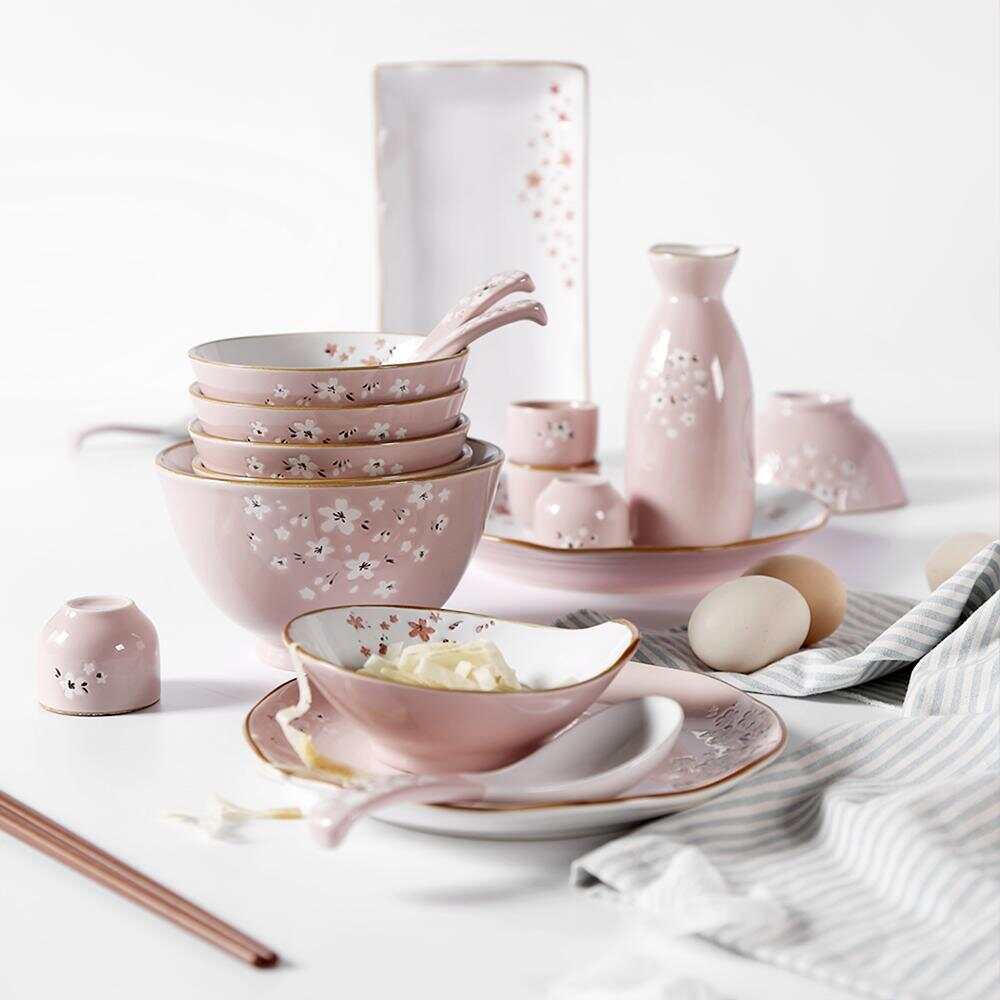Email format error
Email cannot be empty
Email already exists
6-20 characters(letters plus numbers only)
The password is inconsistent
Email format error
Email cannot be empty
Email does not exist
6-20 characters(letters plus numbers only)
The password is inconsistent


In the colorful world of tableware, pottery and porcelain are often confused.
But in fact, they have many obvious differences.
From the perspective of raw materials, pottery mainly uses ordinary clay, which is widely available and low in cost. This kind of clay is highly plastic and easy for craftsmen to shape. Porcelain uses kaolin, which has a pure texture and low iron content, which makes porcelain have a whiter and more delicate texture, providing a high-quality foundation for exquisite patterns and delicate craftsmanship.

The firing temperature is also very different. The firing temperature of pottery is relatively low, generally between 700-1000℃. In this temperature range, the clay can be initially sintered and formed, but its texture is relatively loose. The firing temperature of porcelain is much higher, usually between 1200-1400℃. The high temperature causes complex physical and chemical changes in kaolin, making the texture of porcelain hard and dense, and it can make a crisp and pleasant sound when knocked. In contrast, the sound of pottery is relatively dull.
In terms of appearance and texture, the surface of pottery is often rough, and even after polishing, it is difficult to hide the sense of simplicity. The colors are mostly earthy yellow, reddish brown, etc. Porcelain is smooth and delicate, with a soft and warm luster, and richer and more diverse colors, from elegant blue and white to bright pastels, all can be perfectly presented on porcelain.
When used for tableware,
pottery may be slightly more breathable and can add a unique flavor to certain foods;
porcelain is easier to clean, and because of its density, it can better prevent food residue and bacterial growth.